
The room is small, dusty and full of paperwork.
The chairs are plain and look like they’ve been through a few interrogations. The walls are bare. It feels like a jail cell.
But after all this is “26th and Cal.” That’s what the regulars call the Criminal Division of the Cook County Courthouse located on Chicago’s West Side at 26th Street and California Avenue.
Among the regulars is Rummana Hussain, who was first assigned to the criminal courts’ press room in 2008 by the Chicago Sun-Times newspaper. It’s one of the rare full-time newspaper beats that has survived brutal newsroom cuts due to changing times and technology. But a good story remains a good story, and for sheer drama it’s hard to beat 26th and Cal.
“I knew I wanted to be a reporter since I was 14,” Hussain said. “My parents wanted me to become a doctor, but I was much more interested in writing and the spoken word.”
Hussain followed this passion in college, all the way to earning a master’s degree in journalism at Northwestern University in Evanston. She then became a reporter and editor for the legendary and now defunct City News Bureau of Chicago, where she worked for four years. After that she spent a year with the Chicago Tribune Media Group, eventually landing at the Sun-Times, where her byline has appeared for the past 15 years.
Hussain’s typical workday starts at 10 a.m., when she arrives in the press room and checks her computer for a list of the day’s cases. Some are new, some are on-going. Hussain said the wheels of justice can turn very slowly, and some cases can drag on for months without any new information. In fact, sometimes just about everything seems to move slowly at the courthouse.
“When reporting in the courtroom, the first thing you have to know is nothing starts on time,” Hussain said.
Other days are more hectic.
“Some days are busy and I check on about seven to 10 cases,” Hussain said. “Other days are slow and there’s only three to check on.”
Most days Hussain has a lot of literal ground to cover as she travels throughout the seven floors of the courthouse. Some floors have four courtrooms, others have eight. Here, Hussain can encounter anything from civil court proceedings and common criminal cases to heart-wrenching murders.
“There’s definitely days that you can feel the sadness,” she said. “It’s very depressing but important to get the facts. In the beginning, it’s a hard thing to do–call people after a child was shot, if someone says ‘No,’ do not keep pestering.’ Other families want to speak with you because they do not want what happened to them to happen to anyone else.”
As a reporter, Hussain tries to put her personal feelings aside. She strives to “talk to everyone you can, be sensitive and kind to both sides, no matter the verdict in the courtroom.”
Hussain also has developed a rapport with other reporters in the press room, sometimes even sharing information
“Even though it’s a competition, sometimes as reporters we all work together in a huddle,” she said. “It’s nice to work together, but on separate teams.”
Usually there’s only a couple reporters assigned to the press room, unless there’s a high-profile case. But Hussain is surrounded daily by plenty of other courthouse regulars, including attorneys and clerks, whom she greets on-the-go while on her way to bond court.
This is frequently the second stop of the day for this busy reporter who also has to stay on top of the constantly changing landscape of journalism.
“Technology has changed the way we report,” said Hussain, who frequently posts online from the courthouse. “Being first on Twitter and getting a lot of web hits is something my editor insists we do. You’d be surprised at the stories that get the most hits; they are usually not what we were expecting to be popular online.”
The job comes with other challenges, many due to the increasing trend of short-staffing newsrooms. This means Hussain has even more jobs to juggle. She often takes her own photos, writes headlines and captions, and sometimes even sits in as an editor. On her editing days, Hussain said she can find herself “glued” to her desk.
“Editing has changed. Given the state of the industry, always have a plan B,” she said. “It’s hard for print people not to be jaded when you see friends losing their jobs.”
The way to survive, she adds, is to be flexible, develop many skills and learn to go with the flow. This can be challenging because shrinking news holes in the print edition can really test a reporter’s patience.
“It’s a little frustrating when I write a long story online then in the paper things get cut off or left out,” Hussain said. “There’s so much violence that sometimes not every story can make the paper, but the stories still have to get written and put online.”
Despite all these changes, Hussain remains passionate about journalism.
“Each day there’s something different going on, and I think that’s what I love most about this career,” she said. “It’s never-ending.”

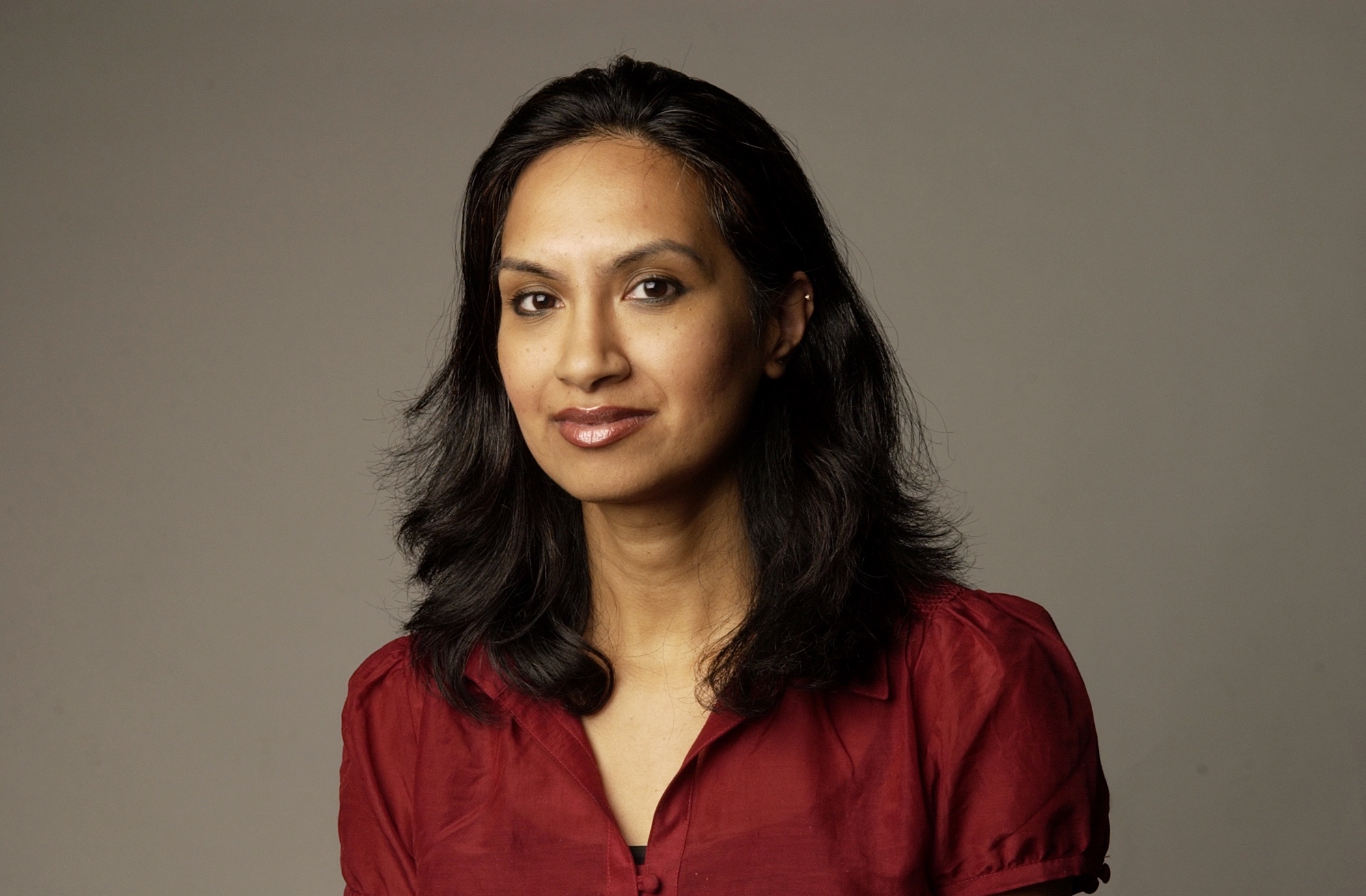





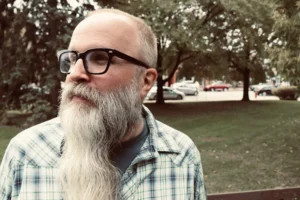




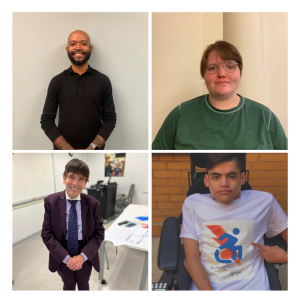

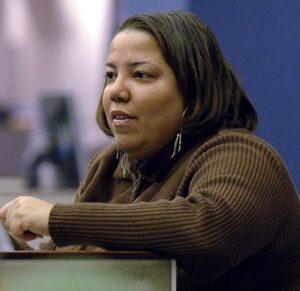

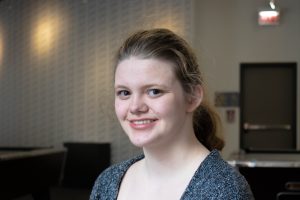
Be First to Comment